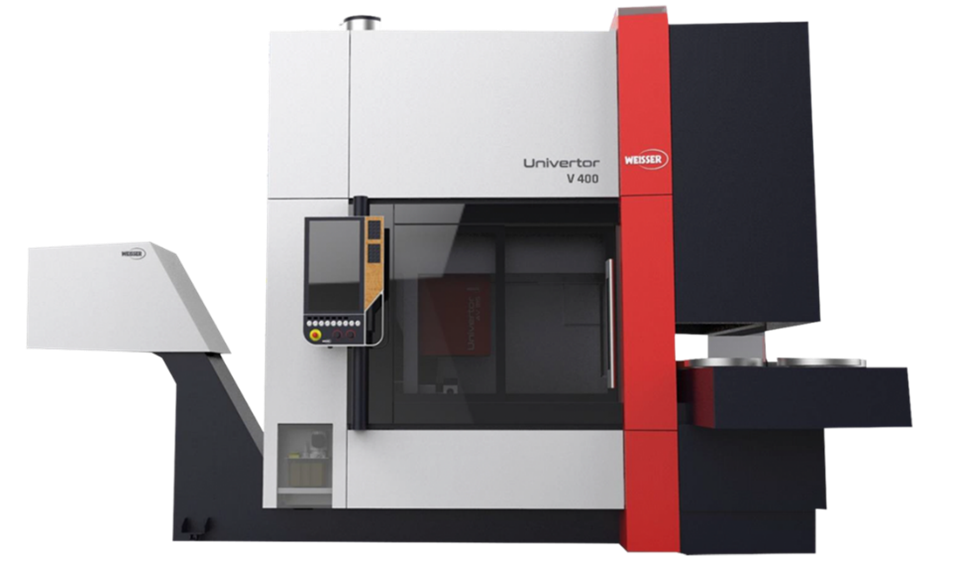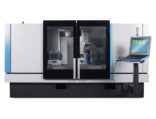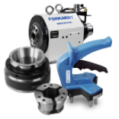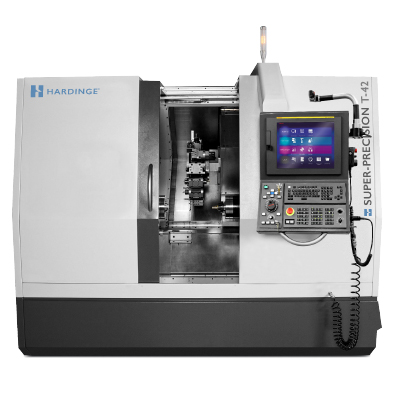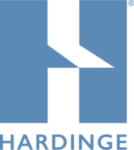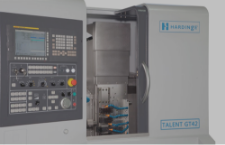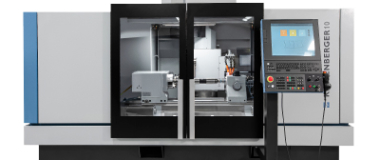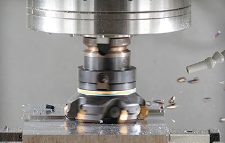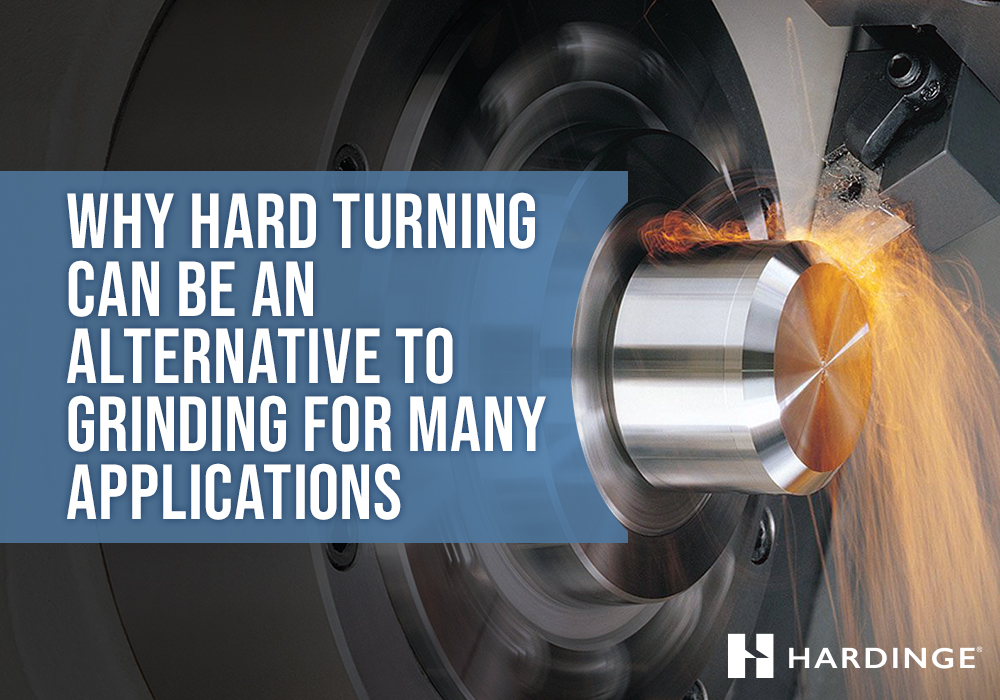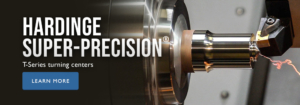Before developing high precision hard turning machines, grinding was the preferred method for producing workpieces with very high tolerances. However, new technologies and designs enable super precise turning centers to produce results comparable to grinding. With a lower cost and the flexibility to provide a broader range of processes, high precision turning centers can be a more economical and useful purchase than a specialized grinder.
These machines can expertly turn hardened materials using off-the-shelf ceramic and CBN cutting tools, repeatedly achieving accurate results. With the hard turning process, you need just one machine and operator to produce high precision parts at a faster throughput rate, resulting in a lower cost per part.
As a result, hard turning has become more popular worldwide, replacing many traditional grinding processes. While grinding is still the preferred method for certain workpieces and applications (such as very long and thin items, medical parts, or components requiring tolerances less than ±0.0002 inch), it’s time to take another look at the potential savings and other benefits of hard turning.
Hard turning typically refers to a lathe or turning center using single-point turning tools to process materials with hardness values over 45 HRc, typically in the 58-68 HRc range. With single-point cutting and turning, the process can produce grooves and contours, even high precision threading, in a single chucking.
Hard turning can be successfully used on complex material such as case-hardened steel, steel alloys, and sintered tungsten carbide when used either as a replacement for grinding operations or as a pre-grinding process.
Advantages of Hard Turning
- Cost Savings – In general, CNC turning centers are less expensive and can perform multiple functions versus specialized grinding machines. Hard turning is a highly flexible process that can often be used dry, eliminating both coolant costs and the need for coolant disposal. Tooling inventory is also reduced, which provides additional savings.
- Machining Flexibility – With a turning center or lathe, multiple operations are possible with a single set-up. They are also more easily configured for automated operations.
- Faster Set-Up and Cycle Times – With a faster machine set-up and metal removal rates typically 3-6 times faster than grinding, hard turning can speed production cycles while minimizing machine downtime. Shorter part loading and unloading times also shorten hard turning production cycles.
- Simplified Operation – A hard turning center can use standard PCBN inserts, which can be quickly switched out, to produce complex shapes, versus a customized dressed wheel often required for grinding applications. And some operations which may require multiple grinders can be completed on a single turning center.
- More Environmentally Friendly –Turning centers can also deliver environmental benefits by consuming less electricity than grinding machines, reducing monthly electric bills. The metal chips leftover from hard turning processes can be recycled, versus the swarf generated by grinding, which often needs to be disposed of as industrial waste.
Requirements for Hard Turning Success
Not all lathes and turning centers are appropriate for hard turning applications. The machine must have high precision positioning to produce parts with the correct tolerance and surface finish successfully. Maximum machine rigidity to suppress vibration is critical; a machine base with high static/dynamic stiffness is a plus. The CNC machine must also have a set-up that can meet the cutting conditions and speed requirements of the cutting tools and dissipates heat buildup efficiently. The combination of machine and thermal stability, enhanced with rigid tool- and workholding support, will help ensure high-quality finished results.
Hardinge – an International Leader in Hard Turning Solutions
At Hardinge, we’ve been a world leader in hard turning and advanced metal-cutting solutions for decades. Recognized for their superiority in high precision and hard turning applications, the Hardinge® SUPER-PRECISION® T-Series turning centers deliver accurate results for even the highest demanding jobs.
With its ability to manage two-axis high-precision machining and complex multi-tasking operations, the T-Series machines are designed to produce the most challenging and precise parts in the tool industry, including delicate items and those parts needing completion in a single set-up. To learn more, visit https://europe.hardinge.com/product/turning/t-serie/.

